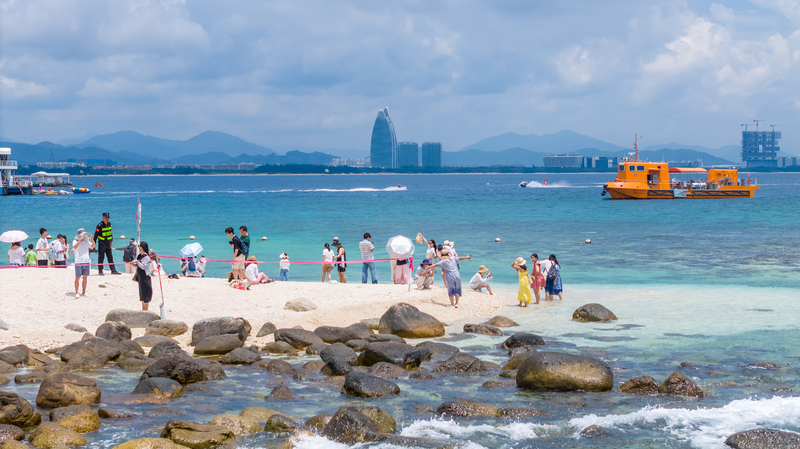Back in autumn 1944, 20-year-old Allen Larsen swapped his college dorm in Massachusetts for the cockpit of a P-40 Warhawk in China. As part of the American Volunteer Group—better known as the Flying Tigers—he joined forces with Chinese pilots to push back Japanese aggression. ✈️🇺🇸🇨🇳
Conquering “The Hump”
Imagine flying 800 km over the towering Himalayas at 7,000 m, battling fierce storms, thin air and enemy fire—all to keep China’s resistance alive. Pilots nicknamed the route “The Hump,” where every mile was marked by the glitter of wreckage they called the “Aluminum Trail.” More than 600 planes were lost, and nearly 2,000 airmen paid the ultimate price. Yet side by side, U.S. and Chinese crews proved that teamwork and grit can light up the darkest skies.
Living Color in Wartime
Armed with a rare Kodachrome camera, Larsen snapped over 200 vibrant shots of wartime China—from kids playing in Chongqing alleys to farmers harvesting golden rice fields around Hangzhou, and bustling street markets in Kunming. These photos, later collected in China in the Eyes of the Flying Tigers 1944–1945, are more than history—they’re proof that hope and resilience can shine through even the toughest times. Think of it as a 1940s travel vlog, only with dogfights and monsoon clouds! 📸🌈
Today, these images remind us what courage looks like—proof that friendship across cultures can spark change. Whether you’re scrolling on your phone or binge-watching a doc, the Flying Tigers’ story is a vivid reminder: even in war, shared passion and determination can paint the world in brighter colors. 🌟
Reference(s):
cgtn.com




